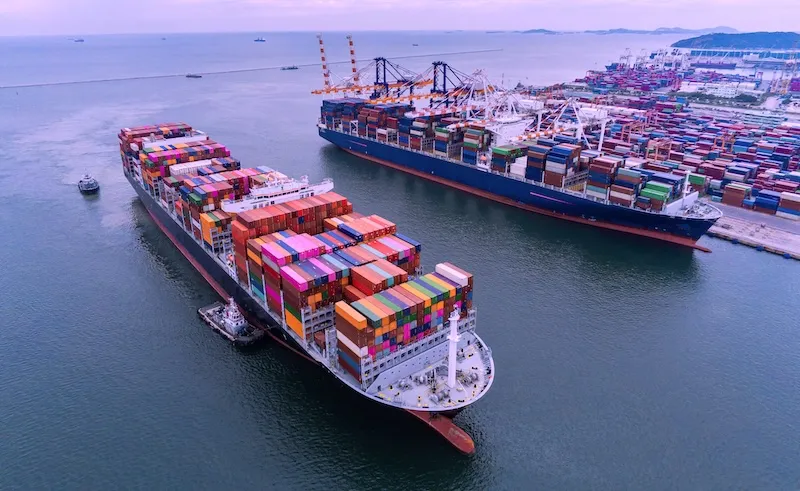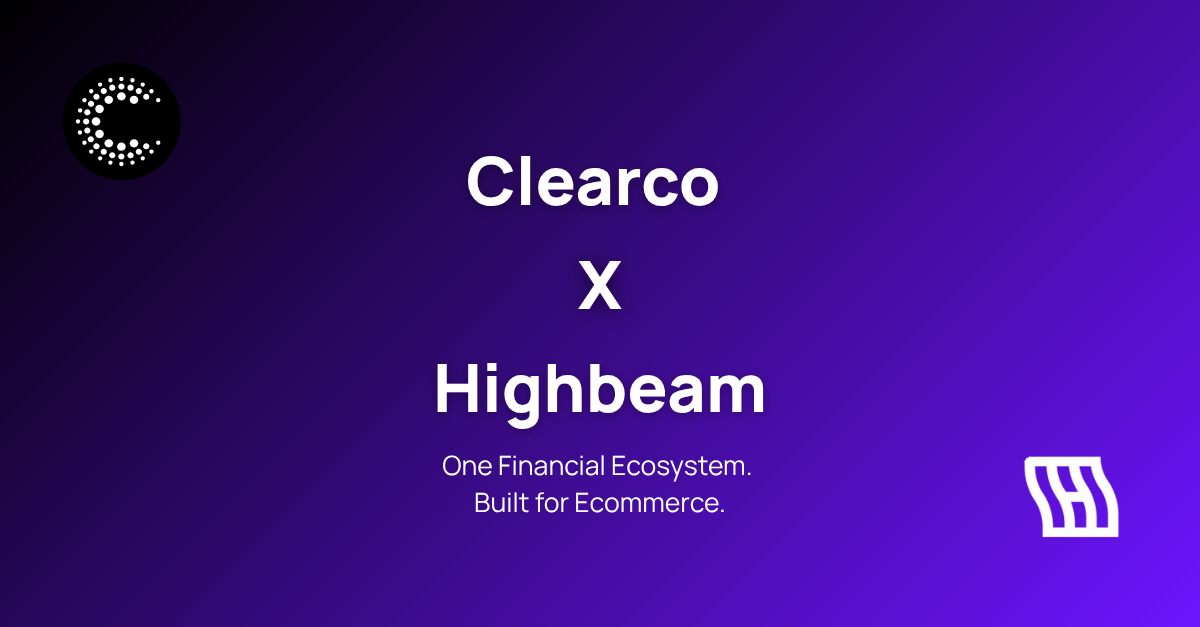How Ecommerce Brands and Merchants can Save on Tariffs with Inventory Orders

Tariffs are a necessary aspect of both ecommerce and commerce in general. A tariff is a tax on goods bought (imported) from a country different than your own. As a merchant or business owner making the purchase, it's your responsibility to pay the tariff. In practice, tariffs can range from 0% to over 20% in some countries.
- The bound tariff is the maximum rate that the country has committed to under trade deals. This rate can’t be exceeded without a negotiation.
- The applied tariff rate is the actual rate used by a country on imports.
For example, Argentina is bound by its WTO tariff agreements to not exceed 99%. In practice, Argentina’s import tariffs range from 10-35%.
If you’re a US ecommerce merchant ordering from an overseas supplier, you’ll be primarily dealing with the US Harmonized Tariff Schedule of the United States (HTSUS). On the HTSUS web page, you’ll find a PDF schedule for goods you import: Chapter 62 is non-knitted clothing, Chapter 42 is finished leather goods, Chapter 94 is furniture, and so on.
How Ecommerce Merchants Protect Margins By Ordering in Bulk
Consumers facing high price tags will often purchase in bulk to save: a multipack of fruit snacks are often cheaper per unit than a single box, so thrifty customers will buy the multipack (hence the record earnings reported from Costco last year!). The same strategy can work to strategically manage business costs — especially when there are tariffs involved.
Imagine you run a US-based ecommerce swimwear brand. A popular TikTok star wears your bikini as one of her summer must-haves. Your sales spike, and you need to buy enough nylon-elastane fabric to keep up with demand. With the cash you have, you’ll be able to:
- Pay $40,000 to import 10,000 yards of nylon into the US from China. The nylon comes at a 12.3% tariff (current listed number, may be updated or changed) for a total of $44,920
- Use the nylon to manufacture 5000 swimsuits in the United States for $10 each, giving you a total cost of $94,920, or $18.98 per swimsuit
The supplier offers you a 30% discount if you buy triple the amount of nylon. Demand is high, and you know you can sell 10,000 swimsuits. If the company has enough cash, it would be paying:
- $56,000 for 20,000 yards of nylon, bringing price per yard down from $4 to $2.80.
- 12.3% tariffs from China for a total of $6,888 (down from the $9,840 it would take to buy 20,000 yards of fabric at regular price)
- $100,000 in manufacturing costs for 10,000 swimsuits
The discount brings your total to $62,888 and a cost of $16.29 each. $2.69 less per item, across 10,000 swimsuits, means a total savings of $26,900. However, these savings are only possible with enough funding to cover the extra outlay for fabric and manufacturing costs.
Invoice Funding is an option for ecommerce merchants who want to optimize working capital. In the example above, $162,888 is required to manufacture 10,000 swimsuits. If business is good, another large outflow will soon be required in order to produce more inventory. Given the urgency of the timeline, founders may seek options for funding.
It now costs $16.29 to make each bikini. Say the business sells a bikini for $100 each, for a gross profit of $83.71 before other operating expenses and costs
Thanks to the TikTok bump in demand, you’d sell through your inventory in a few months and make a gross profit of $837,100 — compared to the $405,100 you’d make if you had only been able to make 5,000 swimsuits and 5,000 sales.
Strategic Product and Vendor Sourcing for Lower Tariffs
In the example above, the swimsuit maker might choose a customs broker to rectify any misclassifications of the nylon imports, as well as help them correctly interpret the First Sale Rule. If you’re ordering from a middleman instead of from the factory directly, the First Sale Rule allows you to declare the manufacturer's original price instead of the purchase price — maybe $5k of the nylon price is a buyer fee. Without it, you’d only be paying duty on 51k of nylon cost.
The customs broker helps avoid overvalued shipments and clearance issues and provides documentation. However, having a customs broker usually means paying them, so this option uses more of the company’s cash.
Strategically using countries where Free Trade Agreements exist with the US also helps to reduce tariffs. For example, if you can find a better priced factory to source the nylon from Taiwan instead of China, you could reduce the 12.3% tariff to 0%. If you assemble the swimsuits in Taiwan as well, you can lower your manufacturing costs.
In order to switch, though, you likely need to pay a deposit to the factory for production and see some samples, which means more outgoing cash.
Invoice Funding Works to Drive Supplier Costs Down (Even With Tariffs)
Traditional forms of capital, such as lines of credit, credit cards, or term loans, will see the business paying for its inventory purchase long after the items are sold – and limited with available funds the next time it needs to place an order. If the same business took a 2 year term loan to make the inventory purchase, the interest payments could theoretically stretch out over 5-6 sales cycles and the business must continue to pay monthly to service the debt. Invoice Funding matches up repayment timelines more accurately with inventory turnover cycles.
Options such as Invoice Funding allows founders to pay for bulk inventory, switch to a better priced supplier, or use brokers to ensure customs savings. All can help save money in the event of tariffs. For companies with multiple tariff points in the supply chain, having working capital on hand allows for strategic ordering, better supplier relationships, and the potential for bulk discounts.




